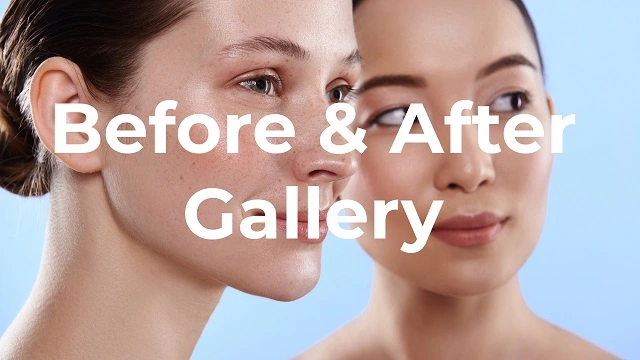
Botox in Seattle and Bellevue
What is botox?
Botox is a neuromodulator, which means it works by temporarily weakening hyperactive muscles that lead to wrinkles. The most common targets for botox injections are forehead wrinkles, lines between the eyebrows (“11 lines”), and lines near the corners of the eyes (“crow’s feet” or “smile lines”). Botox can also be used in many different ways such as improving a gummy smile, jawline contouring, improving neck muscle bands, slimming the face, reducing armpit sweating, helping with TMJ pain, or improving the neck contour with “trap tox.”
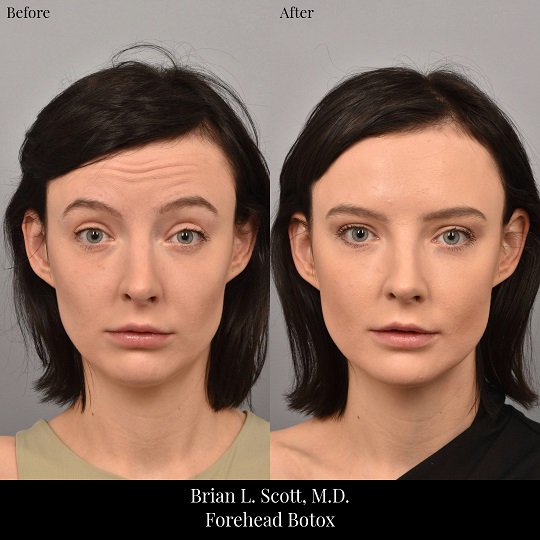
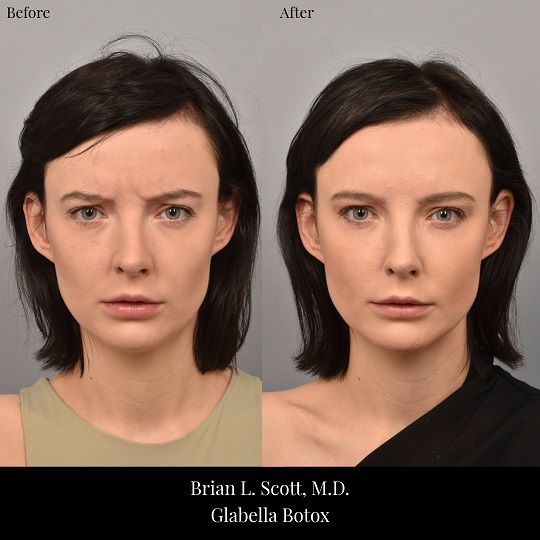
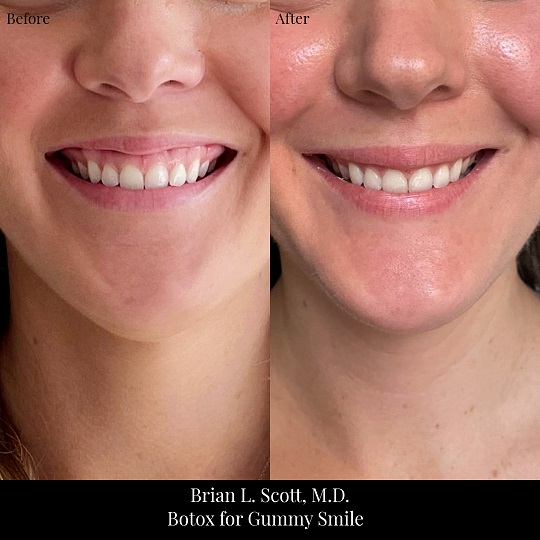
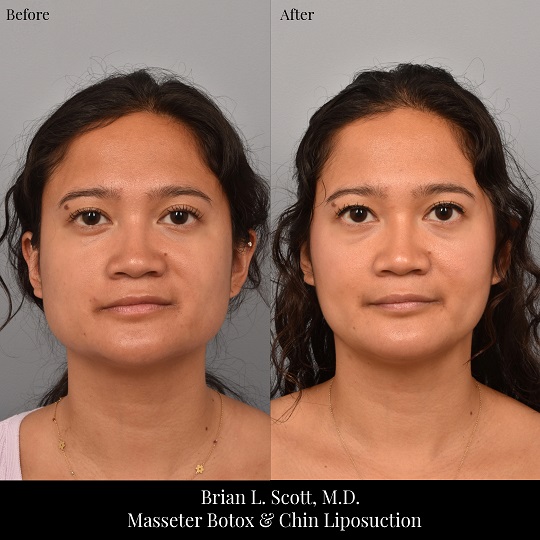
Dr. Brian Scott performs botox injections for patients from Seattle, Bellevue, Kirkland, Redmond, Sammamish, Issaquah, and the surrounding areas in Washington and Oregon. Additional before & after photos are available for viewing in-office.
What is the recovery like after botox?
Your botox appointment will take about 15 minutes. After the procedure you can expect mild swelling at the injection sites which resolves over a few hours. Occasionally, a small bruise can form at one of the injection sites. Patients are advised to avoid exercise and rubbing their face for the rest of the day. Botox starts working after 3-4 days, with the full results seen at around 2 weeks.
Is Botox Painful?
Botox is injected with a very small needle and most patients say it is not very painful. If you have a low pain threshold, icing the skin before injecting botox can numb it and make the treatment comfortable.
Frequently Asked Questions
Botox is effective at both treating and preventing wrinkles. Repetitive muscle contraction over the years leads to wrinkles at the forehead, between the eyebrows, and near the corners of the eyes. Botox can prevent the muscles from repetitively pulling on the skin, which is one of the contributors to wrinkle formation. For wrinkle prevention, botox can be started as early as your 20’s. Botox can benefit both men and women.
How long does botox take to start working?
Botox starts working after 3-4 days, with the full results seen at 2 weeks.
On average, botox lasts about 3-4 months. The more units that are injected, the longer the results will last in general.
Masseter botox is a treatment which helps create a slimmer and more feminine lower face. The masseter is a muscle that runs from the jaw up to the cheek. In some people , this muscle is hyperactive and large which can lead to a square shaped jaw. Botox can be used to shrink this muscle and create a more feminine V shaped jawline. Not only does this slim the lower face, but it can also improve TMJ pain.
In an aesthetic smile, the upper lip sits right at the junction between the top of the teeth and the gums. In some patients when they smile, the upper lip rides up too high leading to a gummy smile. This can be fixed by placing a small but precise amount of botox into the hyperactive muscles that elevate the lip which allows them to relax and not lift the lip up as high.
Trap tox, also known as barbie botox, is using botox to treat the trapezius muscle. This is a diamond-shaped muscle that runs between the shoulder blades and the back of the neck. Botox is used to shrink this muscle which reduces fullness in the junction between the shoulder and neck to create the appearance of a longer and more feminine neck. It also has the added benefit of potentially improving upper back and lower neck stiffness.
The cost of botox depends on how many units are needed to treat a given area. The average price for botox is $12-15 dollars per unit.
What is the difference between botox, xeomin, and dysport?
Botox, xeomin, and dysport all perform the same functions, they just have slightly different proteins attached to the active ingredient, and they are made by different companies. All of them work by temporarily paralyzing hyperactive muscles that lead to wrinkles. Dysport starts working after about 2-3 days compared to about 3-4 days for botox or xeomin. Although dysport starts working faster, it also don’t last quite as long as the other two.
Fill Out the Form Below & We Will Contact You For Scheduling
